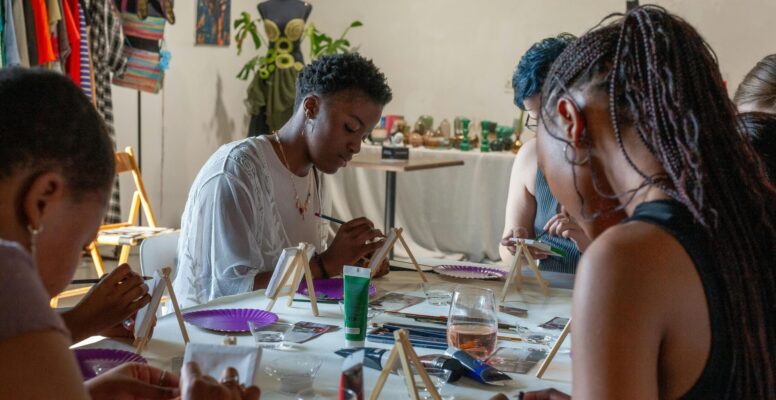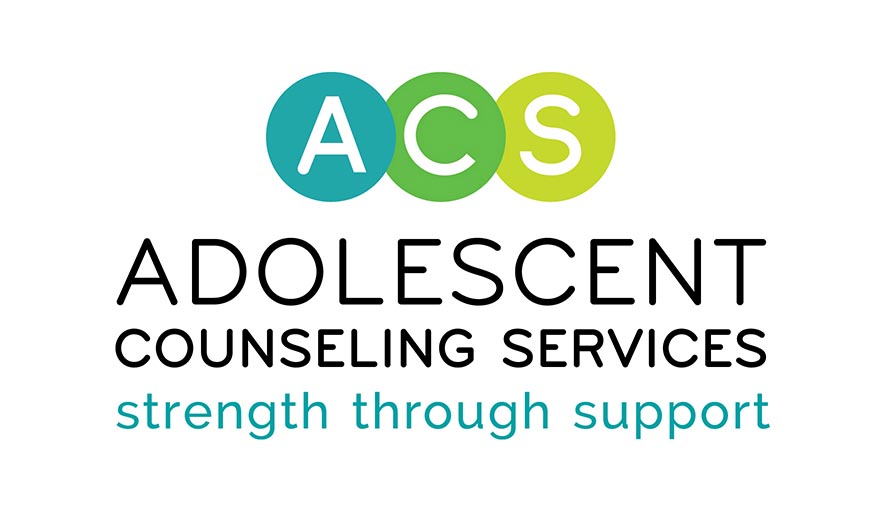
Creativity as a Tool for Healing
Written By: Gavriella Silverman, Clinical Trainee at ACS, On-Campus Counseling Program
AS CHILDREN,creativity comes naturally–we sing songs made-up on the spot, turn doodles into masterpieces, and dance without fear of being watched. Yet as we grow older, this tender and wondrous part of ourselves often slips away. Without the encouragement of supportive adults and peers, creativity can get tucked into the corners of our minds, hidden beneath the pressures of responsibility and self-doubt.
But creativity is more than play; it’s a collaboration of body, mind, and soul, a way of transforming feelings and experiences into something else entirely. When nurtured, it becomes a channel for healing, resilience, and joy. Songwriting, for example, offers a unique path back to this lost part of ourselves. The act of creating music gives voice to emotions that cannot always be spoken.
This becomes especially important when we consider how young people today are navigating the digital world. As teenagers frequently engage with technology and social media, they encounter both opportunities and risks. Platforms can be wonderful tools for connection, self-expression, and discovering new hobbies. Yet they can also expose teens to distressing experiences such as cyberbullying, which research defines as online aggression intended to harm another person, often repeated and rooted in power imbalance.
The impact of cyberbullying can be devastating—harassment, exclusion, impersonation, and even doxxing can leave young people feeling isolated and powerless. While it is important to equip teens with strategies to protect themselves online, it is equally important to nurture spaces where they can process their emotions and reclaim their voices. Creativity offers exactly that. Through writing, drawing, making music, or moving their bodies in dance, teens can find healthy outlets to express feelings that might otherwise remain bottled up. Creative practices don’t erase pain, but they provide a meaningful pathway toward resilience.
Here are five easy tips to care for both your inner creator and the little (or not-so-little) creators in your life:
- Fill the Well (or Artist Date)
Borrowing from Julia Cameron’s The Artist’s Way, remember that your inner artist needs to be cared for. Take yourself—or your teen—on a mini adventure that sparks wonder: a walk in nature, a trip to a quirky bookstore, or an afternoon at a museum. Inspiration is food for the soul.
- Encourage Expression Without Judgment
Whether your teen is writing a song, painting, or experimenting with digital art, resist the urge to critique. Creativity flourishes in environments where it feels safe. Validation helps undo the silencing effect of bullying and exclusion.
- Make Creativity a Daily Ritual
Even five minutes a day of doodling, journaling, or humming can reestablish a connection to one’s inner world. For teens dealing with stress or cyberbullying, small rituals can build consistency and stability.
- Use Creativity as Coping
When negative online interactions occur, channeling frustration into art can be a powerful coping tool. A teenager who feels left out of a group chat might instead write a poem about belonging. This not only gives form to the pain but also transforms it into something constructive.
- Build Community Around Creativity
Isolation is one of the deepest wounds of cyberbullying. By joining a choir, writing circle, or art club, teens can rediscover belonging in healthy, supportive communities. For adults, modeling this kind of engagement reinforces the idea that creativity is both valuable and shared.
_________________________
References
Cameron, J., & Bryan, M. A. (1992). The artist’s way: a spiritual path to higher creativity. G.P. Putnam’s Sons.
